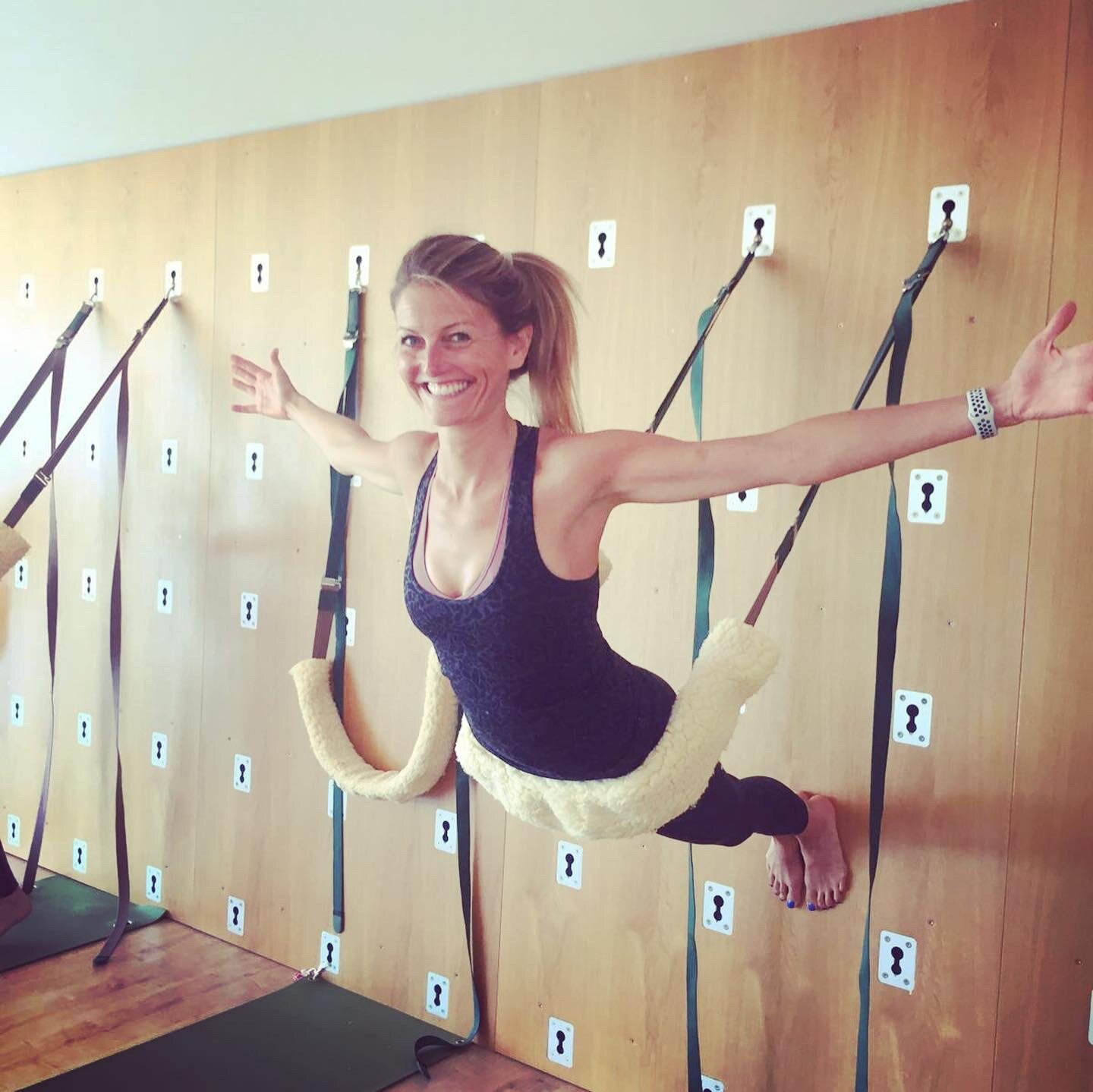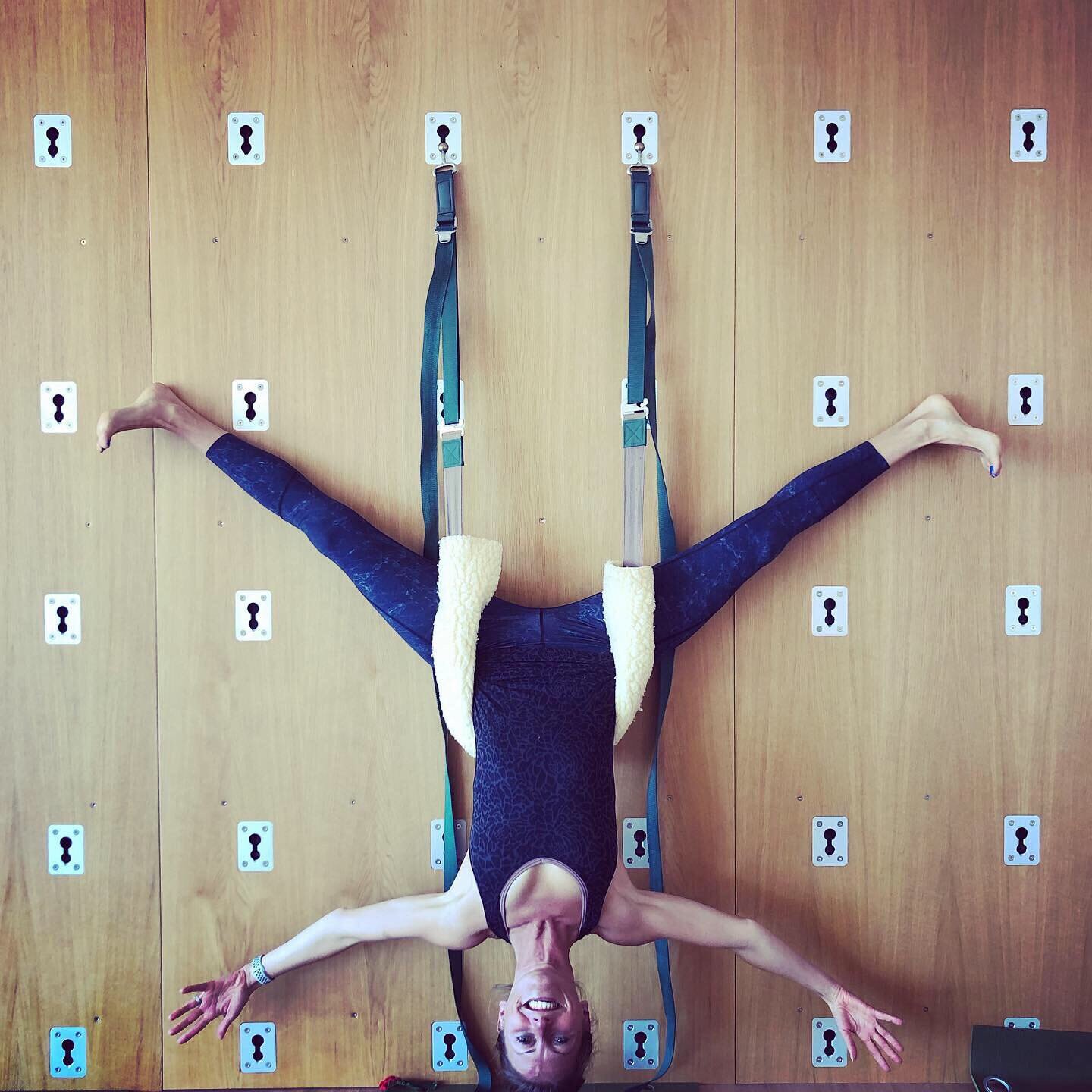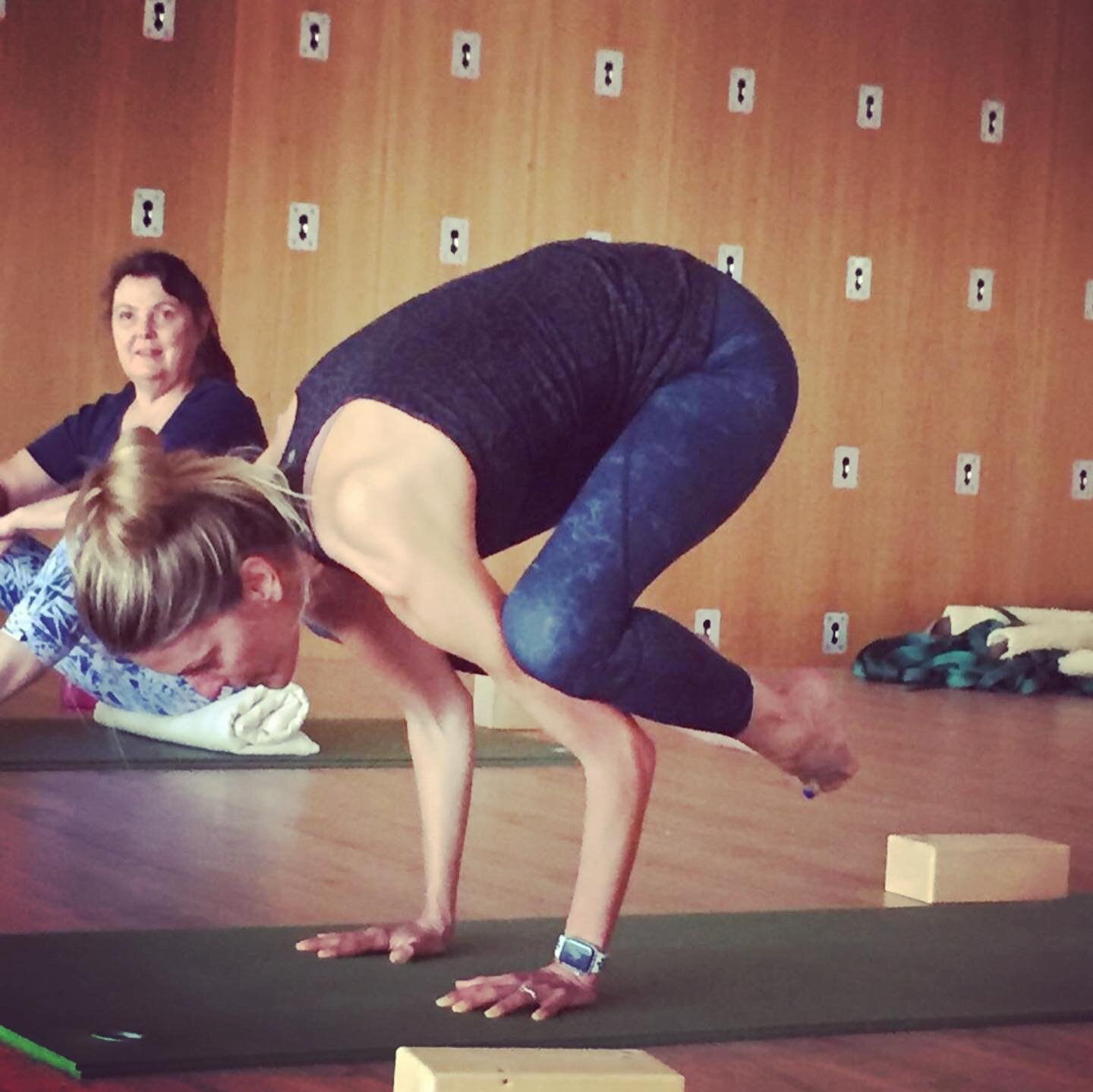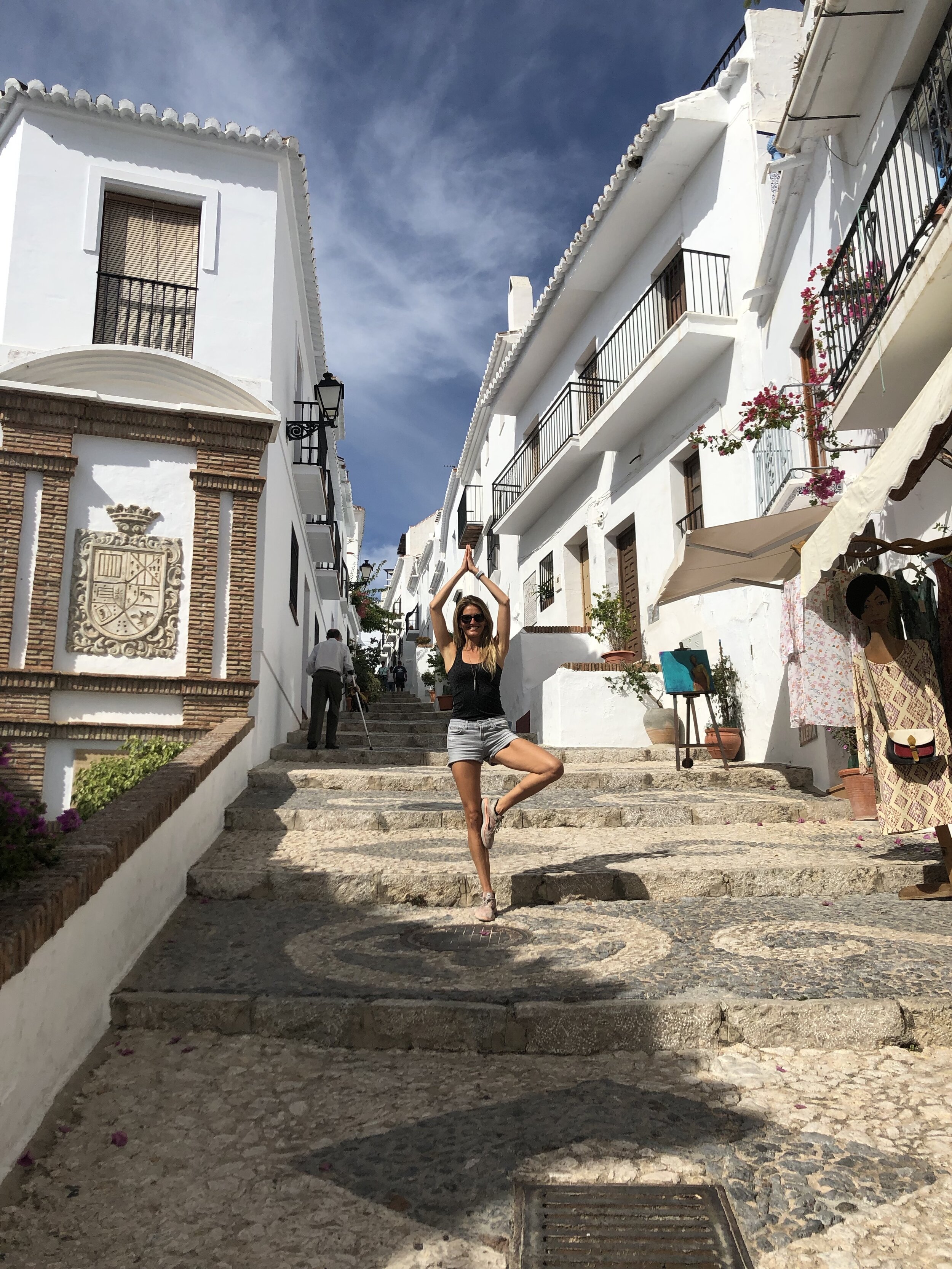The role of this essential food source
Protein isn’t just important for building and retaining muscle. It’s crucial for your overall health.
Your body needs protein for growth and repair of the tissues in your body. Protein is an essential structural and functional component for every cell in your body, including your bones, muscles, cartilage, skin and blood. All cells and tissues contain proteins.
How much you need depends on your health and activity levels.
It is particularly needed at times when your body breaks down more protein than it can create, for example;
· during pregnancy,
· whilst breastfeeding,
· during periods of illness,
· following injury,
· for athletes; and
· older adults.
On top of keeping your hair, skin and immune system healthy, another key perk is it can aid with weight loss. As it keeps you feeling fuller for longer so you are less likely to snack on junk food. It’s also great for muscle recovery following a training session.
Staying strong as you age
As you age, you may think you need less protein, given that your appetite potentially decreases and you feel you put on weight more easily. However, this is actually the reverse. Sarcopenia (age related muscle loss) means you actually need more protein as you age to maintain muscle tone, let alone build more muscle. This needs to ideally be combined with resistance training to achieve more effective results, which you can by using weights or just body weight training.
Resistance training is also important for strengthening your bones and therefore reducing your risk of osteoporosis, which prevalent in women over 50. Build up your weight gradually and ensure you are taught by a fitness instructor or PT who has a qualification in osteoporosis / bone health (like myself). Make sure you get a DEXA scan from your doctor to check your bone density levels when you’re over 50, particularly if you are high risk – for more information check out https://www.nhs.uk/conditions/dexa-scan/).
How much do you actually need?
The minimum amount you should be consuming to avoid deficiency is 0.8g per kg of body weight. These are national guidelines.
However, for optimal health, this level is set too low. 1.2 to 1.6g per kg body weight is a better target to aim for.
Optimal health – 1.2 – 1.6g per kg
Endurance Athletes – 1.2 – 1.7g per kg
Weight lifters – 1.8-2.7g per kg
For athletes, paired with exercise, protein will increase your lean body mass and ability to build muscle. Protein is therefore important post-exercise.
However, this is not a carte blanche to eat buffet loads of protein. Protein still contains calories, so only eat what you need to rather than seeing it as a saintly superfood.
Ever had meat sweats after eating too much of it? That’s a real thing – protein has the highest “thermic effect” which is the energy required for digestion, absorption, and disposal of the ingested nutrients. So protein can increase your metabolism for a few hours after eating it.
Will eating too much protein damage my kidneys? No, evidence-based research has proven that this is just a myth touted by the press, unless you already have impaired kidney function.
Where do you get your protein from?
Protein is made up of amino acids (‘AAs’). For the science geeks out there, there are 20 AAs in total - 9 essential AAs and 11 non essential. The 9 essential AAs cannot be produced by the body so need to be consumed, unlike the 11 non-essential AAs.
Sources of complete proteins:
Omnivores are well sourced. Take your pick out of meat, fish / seafood, dairy, eggs.
Vegetarians are a bit more limited, generally the latter two (unless they don’t eat eggs), and vegans are even more so.
The above are all complete proteins – they contain all essential AAs. Vegans have to plan their diet better to ensure they are meeting their minimum protein needs.
Vegan sources:
Only quinoa and soy are complete. Proteins from plant based foods are incomplete mostly apart from that. Incomplete proteins means they are lacking in at least one essential amino acids.
So, if you’re following a vegan or mostly plant based diet, you will need to combine legumes which are high in leucine with grains. This can be done over a 24 hour period though rather than on a meal by meal basis. Note that you will have to consume a much larger quantity to get a sufficient amount of protein on a vegan diet.
So if you have watched Game Changers recently and are planning on going vegan as a result, make sure you either consult a nutritionist or do your research to ensure you have well thought out diet. Please think carefully what your reasons for going vegan are. If it’s for ethical reasons, that’s completely understandable, but if you’ve just watched a tv programme and think you are making yourself healthier, that is not necessarily the case. Game changers is very one sided, so ensure you do your research first before making such a life changing decision. (I have been asked about these recently, hence my motivation to write this post). Vegan diets need to be supplemented with iron, zinc, calcium, iodine, vitamin B12, omega 3 fatty acids and last but not least vitamin D (which is one that everyone in fact needs during the winter months).













